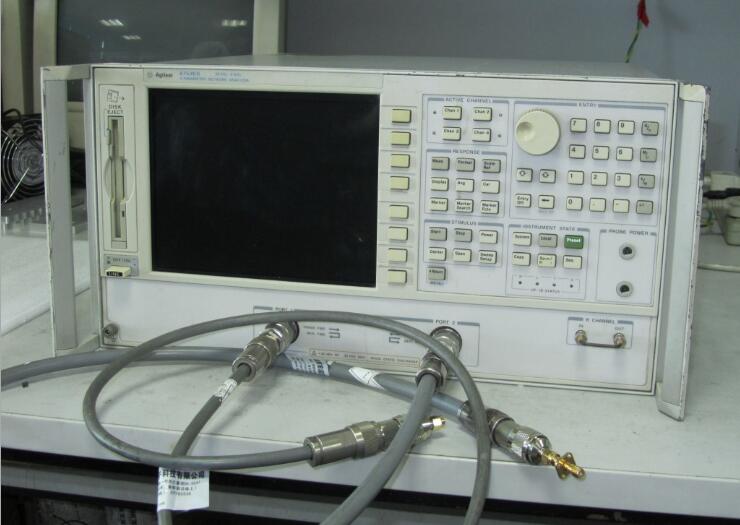As the backbone bandwidth of the Internet grows by about 50% per year, and the number of broadband users (IPTV, video on demand and 3G services, etc.) and bandwidth hungry applications increases, providing 100GE for service aggregation and core network applications has become a network operator. The urgent need of large Internet service providers. The 40G transmission system can no longer meet the bandwidth demand of the current geometric growth. At present, some backbone data networks with heavy data traffic have shown a trend of tight transmission bandwidth. 100G transmission technology has become a solution that is expected by the public and is gradually being commercialized on a large scale.
Wavelength division systems have faced a series of physical limitations from 2.5G to 10G, from 10G to 40G. The line rate is again increased to 100G, these physical constraints still exist, and the resulting transmission damage is more serious. The development of 100G technology is mainly to overcome the impact of these factors.
First, the challenges faced by 100G transmission systems
According to the development model of the traditional WDM system, the 100G transmission system will face many challenges such as higher system OSNR, higher dispersion tolerance and stronger nonlinear effects.
1. Higher system OSNR requirements
The wavelength division transmission system uses an optical amplifier to overcome the fiber loss and prolong the transmission distance of the non-electrical relay. The optical amplifier also introduces a noise signal while power-amplifying the optical signal. On the other hand, when the baud rate is increased, the light reception is performed. The bandwidth of the machine also needs to increase linearly, and the wider receiver bandwidth will cause higher power noise to enter the decision circuit of the receiver, which will increase the bit error rate, so the OSNR tolerance must be increased.
2. Requires higher dispersion tolerance
The dispersion effect of the optical signal in the optical fiber is different from the transmission speed of different frequency components in the spectrum of the modulated optical signal in the optical fiber, thereby causing a series of optical pulses carrying the service signal to be distorted, resulting in inter-symbol between adjacent optical pulses. Interference, resulting in bit errors. The dispersion tolerance of the transmitted optical signal is inversely proportional to the spectral width of the optical signal and is proportional to the time domain width (pulse period) of the optical signal. For the 100G signal, as the baud rate of the optical signal increases, the spectral width will increase accordingly, and the time domain waveform period will also decrease. If the 100G also uses the traditional OOK/ASK modulation method (binary amplitude keying), Then the dispersion tolerance will be very small, and the existing DCM compensation method can not meet the requirements at all. For 100G transmission, the dispersion tolerance problem has become a serious problem, and the traditional optical dispersion compensation method can not overcome the harm caused by the reduction of dispersion tolerance. It is necessary to adopt updated compensation measures to make 100G transmission possible.
Like the chromatic dispersion (CD), polarization mode dispersion (PMD) also limits the transmission capability of high-speed wavelength division systems. Polarization Mode Dispersion (PMD) refers to light of the same frequency. As long as the polarization mode is different, the fiber will also cause different propagation speeds. Polarization mode dispersion will cause inter-symbol interference (ISI) of the fiber transmission system, which will cause error and System cost.
If the 100G also uses the traditional OOK/ASK modulation method (binary amplitude keying), its PMD tolerance is less than 1 ps, which cannot meet the engineering budget requirements. In the 100G transmission system, the PMD tolerance is also considered to be a very serious problem. The conventional intensity modulation-direct detection (IM-DD) pattern modulation and reception method cannot meet the system design requirements, and it is technically necessary to find new ones. solution.
3, fiber nonlinear effect enhancement
The strength of the nonlinear effect of the fiber is related to the optical power of the fiber, the spectral width of the optical signal, the modulation pattern characteristics, the dispersion coefficient of the fiber, and the number of spans. The higher the modulation rate of the optical signal, the tolerance to the nonlinear effect of the fiber. The lower the degree. Some special pattern modulation techniques, such as phase modulation and RZ pattern modulation, are beneficial to enhance the resistance of the transmission pattern to the nonlinear effects of the fiber. For 100G transmission systems, if you want to overcome the worse nonlinear tolerance caused by the increase of modulation rate, you must find new breakthroughs in modulation technology.
Shareconn development co.,Ltd is leading manufacturer in China, we develop and manufacture SMA, MCX, Mini BNC, N type,FAKRA automotive Rf Connectors,audio&Video Connectors and so on.
Our RF Connectors use for RF Cable Assemblies and PCB mount. audio&video connector application for Cable Assembly
and PCB mount.




Connectors
Male Connector,Female Connector,Right Angle Connector,SMA Right Angle Connector
Shareconn Development CO.,LTD , http://www.share-conn.com